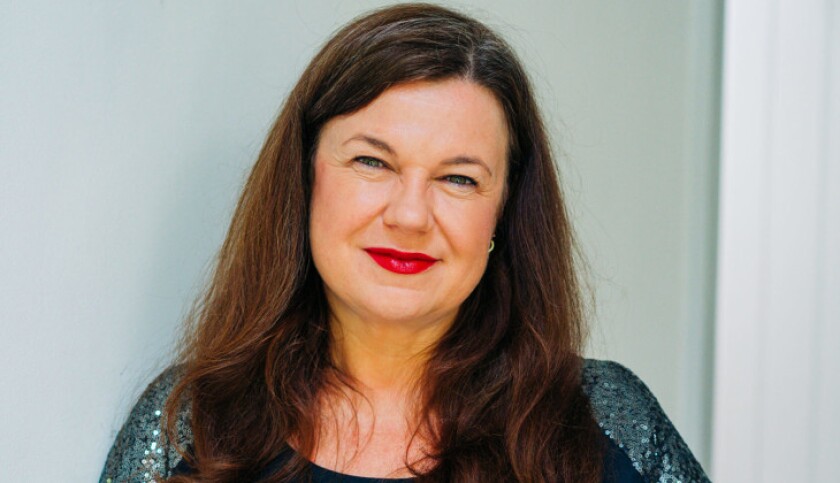Open-source software is at the heart of technology. The operating system Linux is ubiquitous in cloud computing and enterprise software - more than 50% of the workloads on Microsoft Azure are Linux-based, and Linux is behind the Android smartphone operating system, with around 84% of the worldwide market for phones shipped according to IDC. Developers run their new applications on the ubiquitous Kubernetes, Google’s open-source container orchestration platform, which it donated to the Cloud Native Computing Foundation.
Demand for open source has gone up by 71% according to Sonatype. Open source creates ubiquity and bypasses the traditional and cumbersome legal and procurement routes for the selection of, and contracting for, IT, being available via public repositories like GitHub and GitLab. Pre-licensed and freely available open-source code negates the requirement for a budget or the need for a contract to use that software and the associated approval process. Once code is deployed and embedded in an organisation does an IT team need to consider engaging with legal, finance or procurement to solidify any support requirements.
Open source relies on contributions to allow it to develop over time. Contributors can vary in their backgrounds. The popular image is of a small group of software developers writing code to meet their own needs, doing this in their own time, and then open sourcing that project to acclaim from other developers that have the same problems or in the vernacular who need to scratch the same itch. However, the majority of contributions to open source projects today are from those working at large technology vendors. The individuals creating these are either directly employed to build code for those projects, or contribute as part of their overall job.
These vendors have a vested interest in open source. Some directly make their money from supporting customers running open source, such as Red Hat, which uses a subscription model, being the most high-profile example.
Others build services using open source software and then offer those to the market. The biggest examples here include cloud vendors, such as Amazon Web Services and Microsoft. Either way, there is a lot of money being made.
Open source needs diversity
With so many contributors, and so many companies involved, you would think that diversity would naturally follow along. The sad thing is that this is not the case. According to the Linux Foundation report on Diversity, Equity and Inclusion in open source clarified that 82% of those involved in open source were men, compared to 14% women, and 4% that identified as non-binary or third gender. The lack of women compared to the overall population is also behind the general IT industry. According to Pew Research, 19% of computer science graduates were women, while a research report from KPMG and the UK’s National Cyber Security Centre, Decrypting Diversity, found that 36% of the cyber workforce are women. The world of open source therefore has further to go in improving diversity.
These figures are better than in the past. For example, a Stack Overflow survey on software developers from 2020 found that only 8% of its 65,000 respondents were women, while 1.2% were non-binary.
To achieve the necessary improvements and build more diversity, communities and projects have to look at how they can improve inclusion and diversity. There are many women, people of colour and LGBTQ representatives leading great work to help others engage and progress and who actively welcome more individuals from diverse backgrounds. However, these efforts have to be matched by the community.
As a neurodiverse female leader of an open technology organisation, it is important not just to support specific projects but to change cultures and thereby organisations overall. We do this by not making diversity, equity and inclusion an add-on or a project, but by recognising it is, like sustainability, at the heart of every action we take. We also recognise that not all diversity is visible and that we want to nurture inclusion and a sense of belonging as a default state.
It can’t just be the minority from diverse backgrounds who make the effort and cause change. More allies are needed across the world of open source. It should not only be those impacted by diversity challenges who work to cause change, but all of us pulling together. It does feel like change is happening. We already see a more diverse community across younger participants. That is something that helps me feel like our approach is working.
Not only will this ally-support help solve the challenge of increasing diversity and inclusion efforts, but it may let those that currently shoulder most of the burden work on developing code and contributing to open source projects themselves by broadening the community.
Building up more diversity in the open source community - and in the technology sector more generally - is not just about doing the right thing. Rather, diversity should provide better insight and contributions to projects. Increased diversity improves innovation. The end result from these efforts should be better code, but also it should mean that projects become easier to adopt and are both more suitable for more companies and end consumers.
Ultimately, this will lead to better technology overall. Open source is being used to shape our world today - it should therefore reflect that world it sits in and the diverse nature of its make up.





